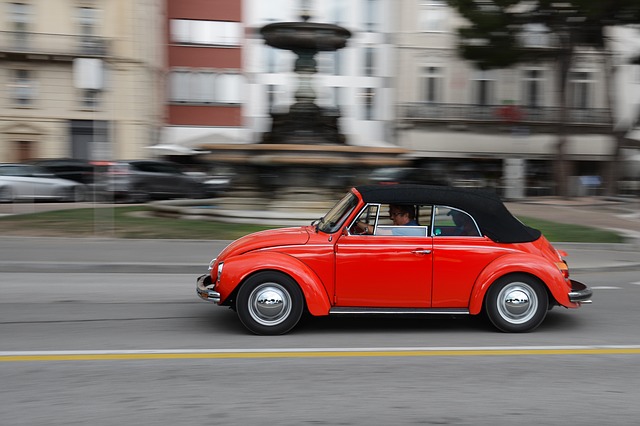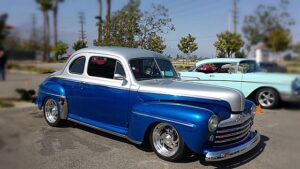Introduction
A motorcycle carburetor is a vital component of the engine’s fuel system. It plays a crucial role in mixing air and fuel in the correct proportions to create combustion. Understanding how a motorcycle carburetor works is essential for riders and mechanics alike. In this article, we will delve into the inner workings of a motorcycle carburetor, exploring its components and the process it undergoes to deliver the optimal fuel-air mixture.
Components of a Motorcycle Carburetor
A motorcycle carburetor consists of several key components that work together to regulate the fuel-air mixture. These components include:
1. Venturi: The venturi is a narrow section within the carburetor where the air passes through. It creates a vacuum effect, drawing fuel into the carburetor.
2. Float Chamber: The float chamber holds the fuel supply and is equipped with a float and needle valve. The float maintains a constant fuel level, while the needle valve controls the flow of fuel into the carburetor.
3. Jet: Jets are small openings within the carburetor that regulate the amount of fuel flowing into the venturi. There are two types of jets: the main jet, which controls fuel delivery at higher engine speeds, and the pilot jet, which controls fuel delivery at idle and low speeds.
4. Throttle Valve: The throttle valve, also known as the butterfly valve, controls the amount of air entering the carburetor. It is connected to the throttle cable and opens or closes based on the rider’s input.
Working Principle of a Motorcycle Carburetor
The process of how a motorcycle carburetor works can be summarized in the following steps:
1. Air Intake: When the rider opens the throttle, the throttle valve opens, allowing air to enter the carburetor. The air passes through the venturi, creating a low-pressure area.
2. Fuel Delivery: As the air flows through the venturi, it creates a vacuum that draws fuel from the float chamber through the main jet. The fuel mixes with the incoming air, forming a combustible mixture.
3. Fuel-Air Mixture: The fuel-air mixture then enters the engine’s intake manifold, where it is distributed to the individual cylinders. The precise ratio of fuel to air is crucial for optimal combustion and engine performance.
4. Idle and Low-Speed Fuel Delivery: At idle and low speeds, the pilot jet comes into play. It controls the fuel delivery when the throttle is nearly closed or fully closed, ensuring a smooth idle and responsive acceleration.
Conclusion
A motorcycle carburetor is a complex yet essential component that regulates the fuel-air mixture for combustion in the engine. Understanding its components and working principle allows riders and mechanics to diagnose and troubleshoot fuel-related issues effectively. By maintaining the carburetor in good condition and ensuring the proper fuel-air ratio, motorcycle enthusiasts can enjoy optimal performance and fuel efficiency.
References
1. motorcycle.com
2. motorcyclistonline.com
3. revzilla.com
4. cycleworld.com












